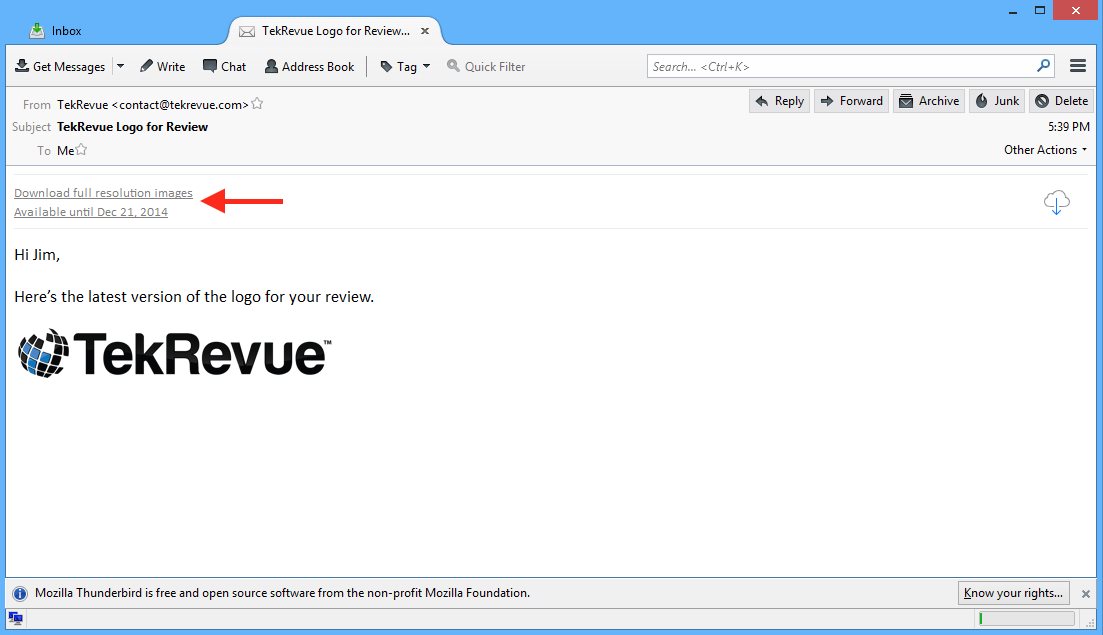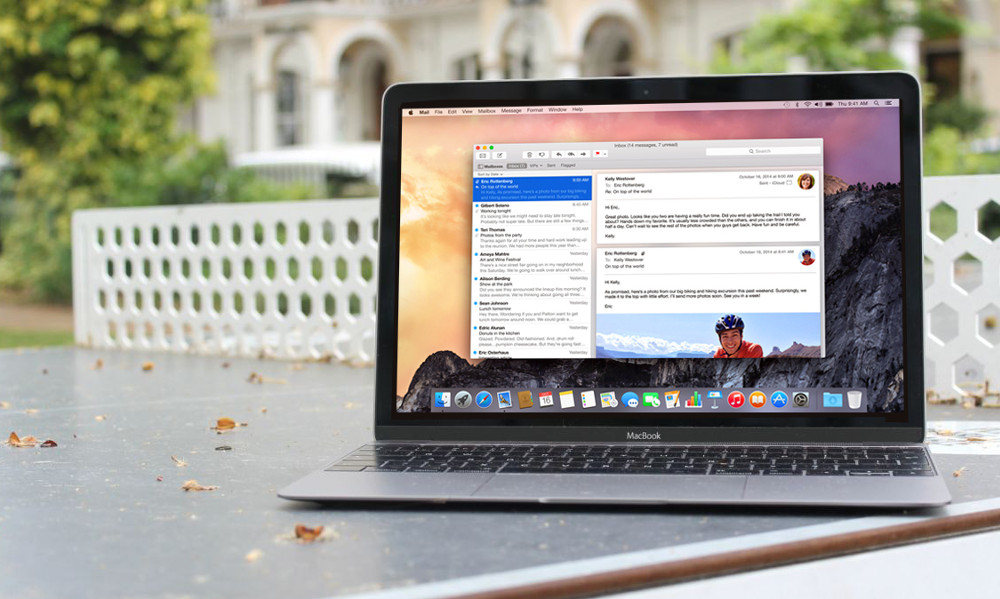

#Enable maildrop for gmail on mac password#
These settings take affect when the password is entered.Įxchange data to sync: When using Exchange ActiveSync, choose the Exchange services that are synced on the device: Calendar, Contacts, Reminders, Notes, and Email. Users are prompted to enter their Exchange ActiveSync account password. For more information, see assign users to applications.Ĭonfiguring these settings deploys a new profile to the device, even when an existing email profile is updated to include these settings. The default action is to add an application using the Application Access Panel Add App feature without business approval. In this scenario, the Modern Authentication sign-in may fail until an Administrator creates the "iOS Accounts" enterprise app, and grant users access to the app in Azure AD. Some organizations disable the end user's ability to do self-service application access. When OAuth is enabled, end users have a different "Modern Authentication" email sign-in experience that supports multifactor authentication (MFA).


For example, nothing happens when the user selects Re-Enter password in Apple's device settings. If the email profile uses Oauth, and the email service doesn't support it, then the Re-Enter password option appears broken. For more information, see Hybrid modern authentication overview and prerequisites for on-premises Skype for Business and Exchange servers. On-premises Exchange can be configured for Modern Authentication.

On-premises Exchange and other partner or third-party solutions may not support OAuth. Microsoft 365 Exchange Online supports OAuth. When using OAuth, be sure to:Ĭonfirm your email solution supports OAuth before targeting this profile to your users. Otherwise, choose Username and password as the Authentication method. If your OAuth server uses certificate authentication, choose Certificate as the Authentication method, and include the certificate with the profile. OAuth: Enable uses Open Authorization (OAuth) communication when sending emails, receiving emails, and communicating with Exchange. SSL: Enable uses Secure Sockets Layer (SSL) communication when sending emails, receiving emails, and communicating with the Exchange server. For more information, see Use derived credentials in Microsoft Intune.Īzure multi-factor authentication isn't supported.
#Enable maildrop for gmail on mac full#


 0 kommentar(er)
0 kommentar(er)
